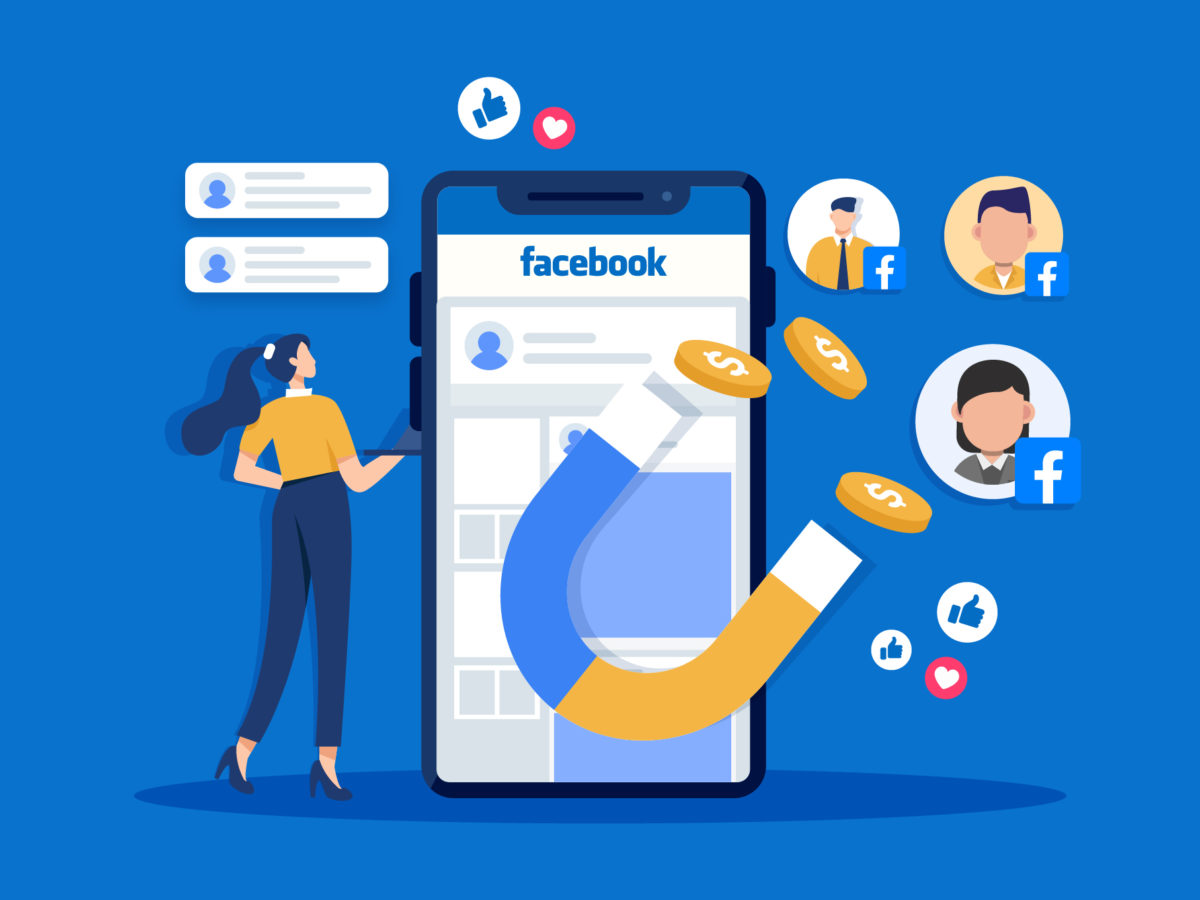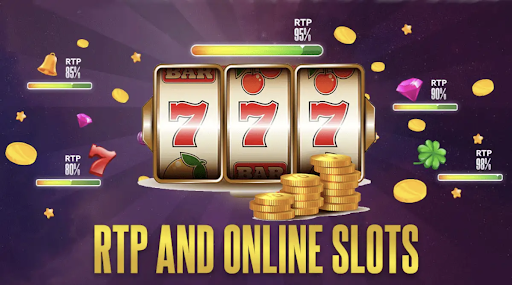As a long-standing partner of Facebook, our agency has funneled over $5 million into the platform over the past few years. While Facebook’s vast user base and advanced targeting capabilities are impressive, what truly sets it apart—and what keeps us invested—is something many advertisers barely notice: the almost limitless space for ad copy.
What makes our approach different is our willingness to fully utilize this feature. Surprisingly, the majority of advertisers—upwards of 90%—stick to brief, punchy lines. Curious about this pattern, I’ve had countless conversations with businesses running Facebook campaigns. When asked why they keep their messages so short, most respond with a common assumption: “People won’t read long posts.”
Yet when I probe deeper—asking if they’ve ever tested longer copy against shorter versions—the answer is almost always, “No.” This is a missed opportunity. Relying on industry hearsay rather than data is akin to picking stocks based on gossip. As in investing, solid marketing decisions should be rooted in real-world testing and performance metrics.
Our team has managed more than 100 Facebook ad accounts, gathering a wealth of insight in the process. One consistent takeaway: the question of long versus short copy doesn’t have a one-size-fits-all answer. It depends on your product, your message, and the way you communicate value. But when all else is equal—same offer, same angle—our data leans in favor of longer ad copy.
Why? Because in most cases, longer ads produce better-quality leads and more engaged customers.
Imagine this: You’re speaking to two salespeople—one gives you a quick five-minute pitch, while the other takes two hours to thoroughly walk you through the offer. Assuming both are respectful and not pushy, who do you trust more? Likely, the one who took more time to explain everything. Longer interactions build trust, handle objections, and create stronger emotional connections.
Your Facebook ad is your virtual salesperson. David Ogilvy famously said, “Advertising is salesmanship in print”—and in our digital world, it’s salesmanship at scale. The idea that people only engage with short ads is often disproved when you look at how audiences interact with content. Longer ads invite deeper engagement, and the data shows they often convert better.
Even better, Facebook doesn’t charge you more for writing a lengthy ad. There’s no added cost to tell a fuller story. Unlike hiring a sales team to spend more time with prospects—where costs rise with each hour—writing long-form copy is virtually free.
So why do so many marketers ignore this? Possibly because of outdated beliefs about attention spans. But our analysis shows that long copy outperforms short copy about 70% of the time.
That said, short ads aren’t obsolete. The ideal strategy? Test both. Create variations, review the results, and adjust your spend accordingly. Facebook advertising is a blend of creativity and analytics, not a copy-and-paste formula borrowed from other brands.
Take Apple, for instance. Many point to Apple’s minimalist website and short, clever ad lines as the gold standard. And while Apple’s branding is undeniably strong, it wasn’t built on simplicity alone. Steve Jobs often spent up to two hours passionately presenting a single product during launch events. He understood that powerful storytelling matters, especially when introducing something new.
Advertising is, at its core, about persuasion. Few products sell themselves with a couple of catchy lines. Effective sales copy addresses objections, builds trust, and invites action. That takes more than a headline and a sentence or two.
The legacy of successful advertising is filled with examples of long-form copy. From the Wall Street Journal’s iconic two-page ad that brought in billions, to the classic Rolls-Royce piece that boosted sales in the 1950s, the power of well-written, longer content is well-documented. However, it’s not about word count for the sake of it. It’s about delivering value, holding attention, and telling a compelling story.
People don’t hate long content—they hate boring content. Whether it’s a 15-second TikTok or a 10-part documentary, audiences stick around when they’re engaged. Your job isn’t to keep it short; it’s to make it irresistible.
One reason marketers shy away from longer ads is fear: fear of being dull, fear of wasting time, fear of doing it wrong. But as Ogilvy emphasized, advertising is a craft of words. Facebook offers a powerful canvas—no word limits, no creative boundaries. The smart move? Use that space wisely.
If you master the art of writing persuasive long-form copy, you’ll separate yourself from the pack. You’ll tap into the true potential of Facebook ads—turning them from a quick scroll-by into a powerful tool that sells, connects, and converts.
Ted is the co-founder of Ice Cube Marketing, a digital marketing agency in Singapore that has been operating since 2015 and has helped more than 500 SMEs grow their business through Facebook and Google ads.









